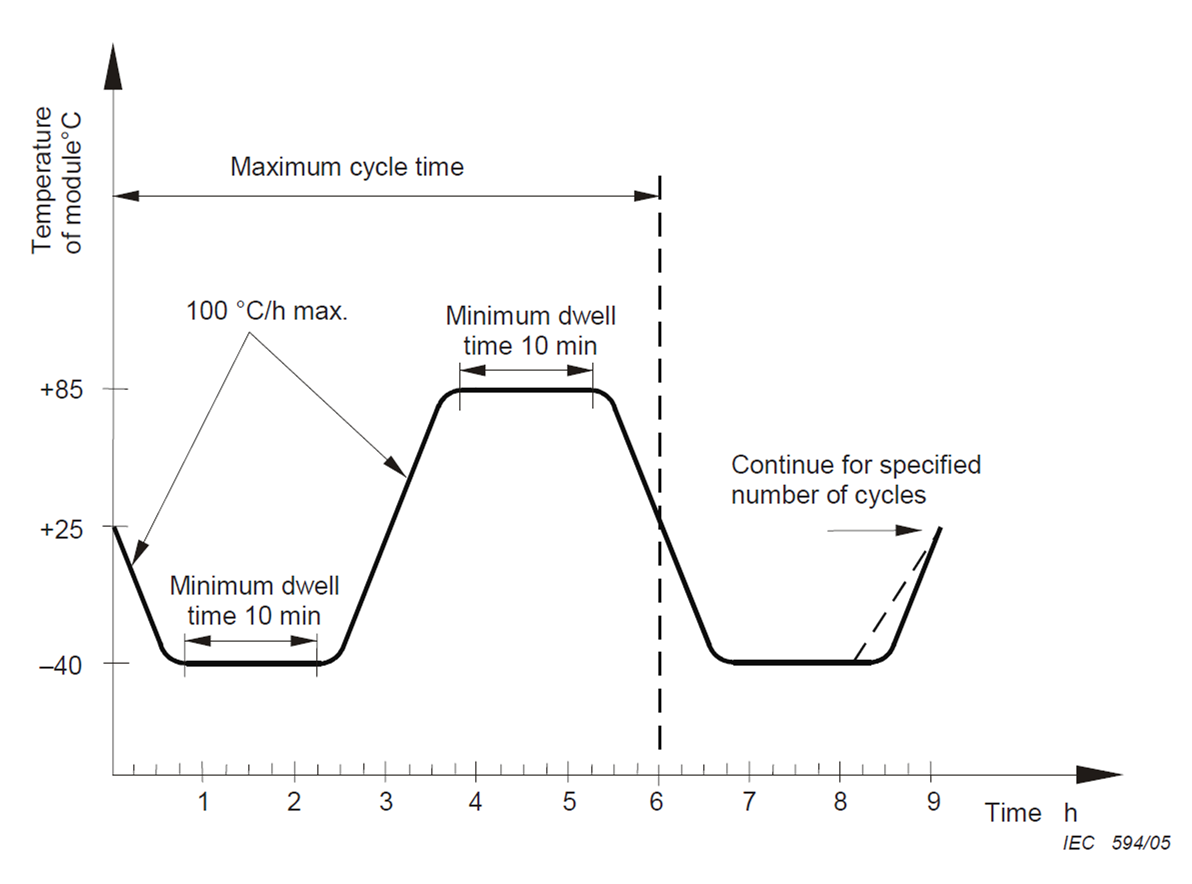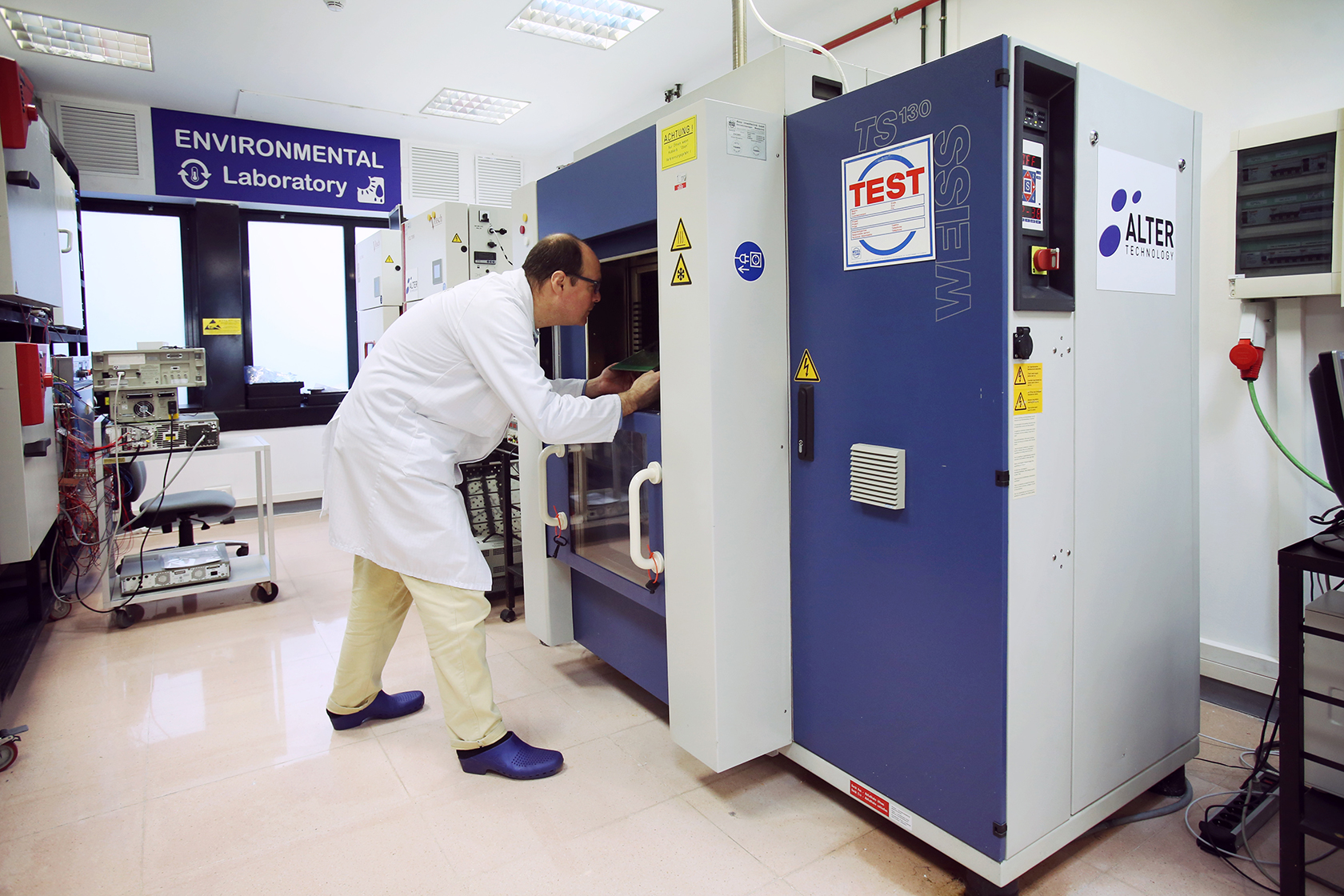Thermal shock testing also called temperature shock testing or temperature cycling exposes products to alternating low and high air temperatures to accelerate failures caused by repeated temperature variations during normal use conditions.
Thermal cycling test procedure.
It is defined as an environmental stress test used to evaluate the reliability of the material or the product and to identify any manufacturing defects early by inducing failure.
Thermal ovens require a hold time at an isotherm to assure all samples achieve the test temperature.
Our engineers test for thermal protection and water resistance.
Thermal cycling testing assures your equipment meets the necessary standards.
Such a test could be inappropriate due to the number of cycles required to cause a decrease in material properties since product performance issues often arise only after many years of exposure.
Thermal cycling is another term often associated with performing temperature and humidity testing.
Thermal cycling is the test or process of cycling a material or device through two set temperature extremes usually at a somewhat high rate of change of temperature.
The thermal cycling profile will replicate the same path to failure as seen in normal use.
Thermal cycling test is the most important performance test for hot and cold water piping system.
This very brief introduction to thermal cycling and the ways it can damage your product implies that you must understand the specific failure mechanisms before designing your thermal cycling based life test.
Thermal cycling ovens are capable of achieving temperature ranges between 60 and 140 c.
However some test standards such as mil std 883 make the distinction between temperature cycling being performed as air to air testing and thermal shock being performed with the samples transferred between liquids.
Also called a heat dunk test the thermal cycling test procedure heats the assembly to 180 degrees celsius and then immediately dunks it into water.
The transition between temperature extremes occurs very rapidly during thermal shock testing greater than 15 c per minute.
Ovens are limited in speed and high end temperature.
Thermal cycling test can verify the quality of design of the parts raw materials manufacturing procedure and installation process.
To conduct the test all parts of the piping system will be involved such as pipes fittings joints and welds.
It should be noted that temperature cycling may also be referred to as thermal cycling or thermal shock testing.
5 1 exposing a specimen to conditions of one directional environmental cycling can increase its moisture content until a decrease in material properties occurs at a specific number of cycles.



























